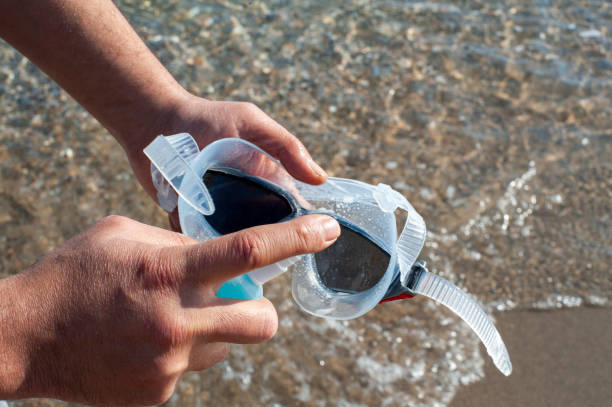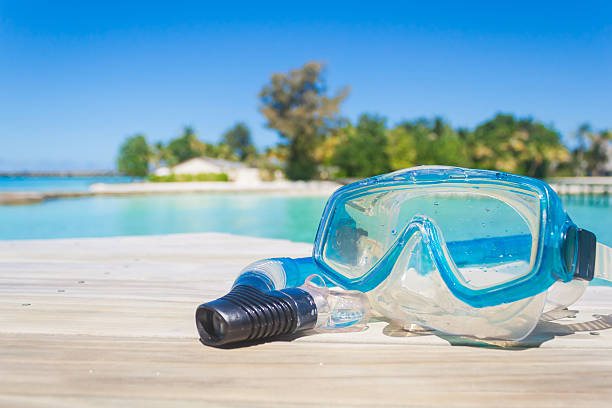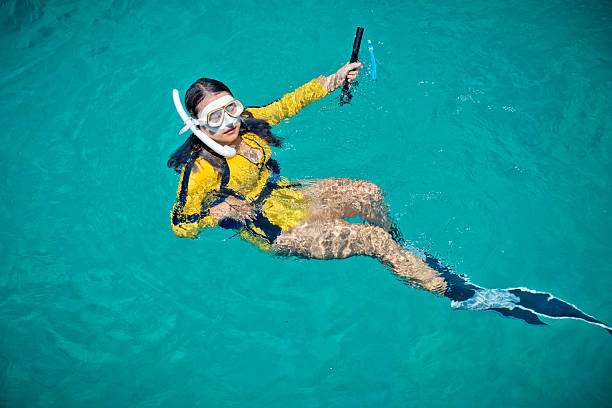Si vous avez déjà nagé ou pratiqué un sport avec des lunettes de natation, vous savez à quel point la buée peut être gênante. C'est comme lutter constamment contre une vision floue, n'est-ce pas ? Que vous soyez en train de plonger dans une piscine ou de faire du vélo, apprendre à antibuée sur vos lunettes peut faire toute la différence. Dans ce guide, nous vous expliquerons pourquoi les lunettes s'embuent et vous proposerons des solutions simples pour garder vos verres propres tout au long de votre entraînement ou de votre compétition.
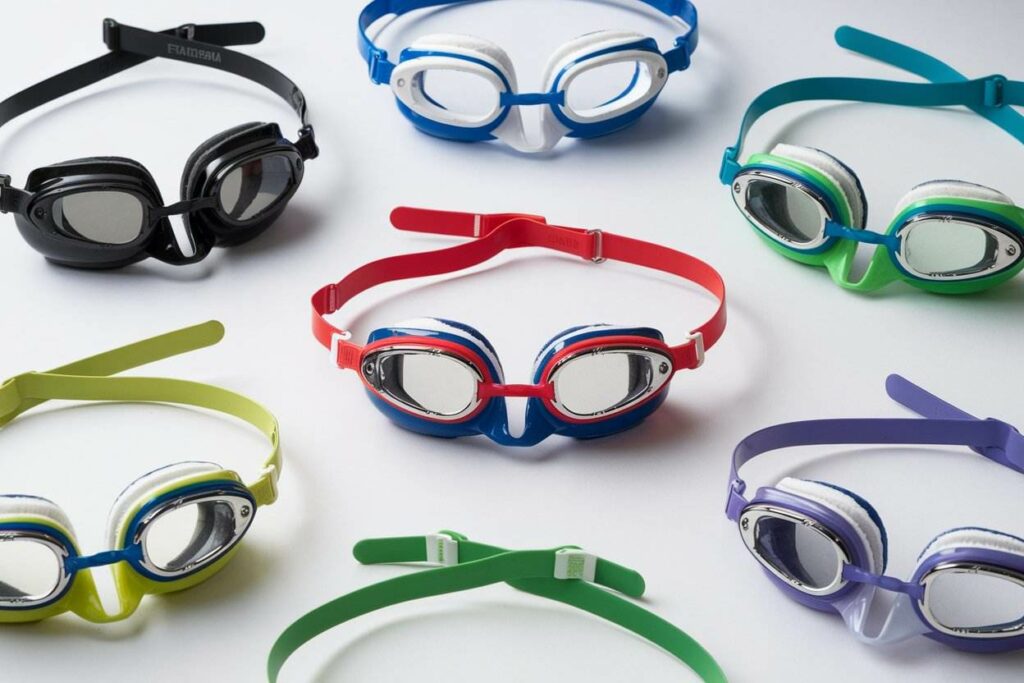
Pourquoi les lunettes de protection s'embuent-elles ?
La buée sur les lunettes de protection est due à divers facteurs, souvent liés à l'humidité et aux variations de température. Voici les principales raisons :
- Différence de température:Lorsque l'air chaud et humide à l'intérieur des lunettes rencontre les verres plus froids, de la condensation se forme, provoquant de la buée.
- Sueur et huiles:Les huiles de votre peau, la sueur ou le chlore de l’eau de la piscine peuvent s’accumuler sur les verres, aggravant la formation de buée.
- Manque de ventilation:Un flux d'air insuffisant à l'intérieur des lunettes peut emprisonner l'humidité, créant ainsi les conditions idéales pour la formation de brouillard.
- Absence de revêtement antibuée:Sans revêtement antibuée protecteur, les verres sont plus sensibles à la condensation, ce qui entraîne la formation de buée.
- Humidité extérieure:Des niveaux d’humidité élevés dans l’air peuvent augmenter la quantité d’humidité qui se condense à l’intérieur de vos lunettes.
Comment protéger ses lunettes de protection contre la buée ? 7 solutions
Maintenant que nous comprenons pourquoi la buée se forme, plongeons dans des solutions pratiques pour empêcher la buée sur les lunettes et les garder claires, même pendant les activités les plus intenses.
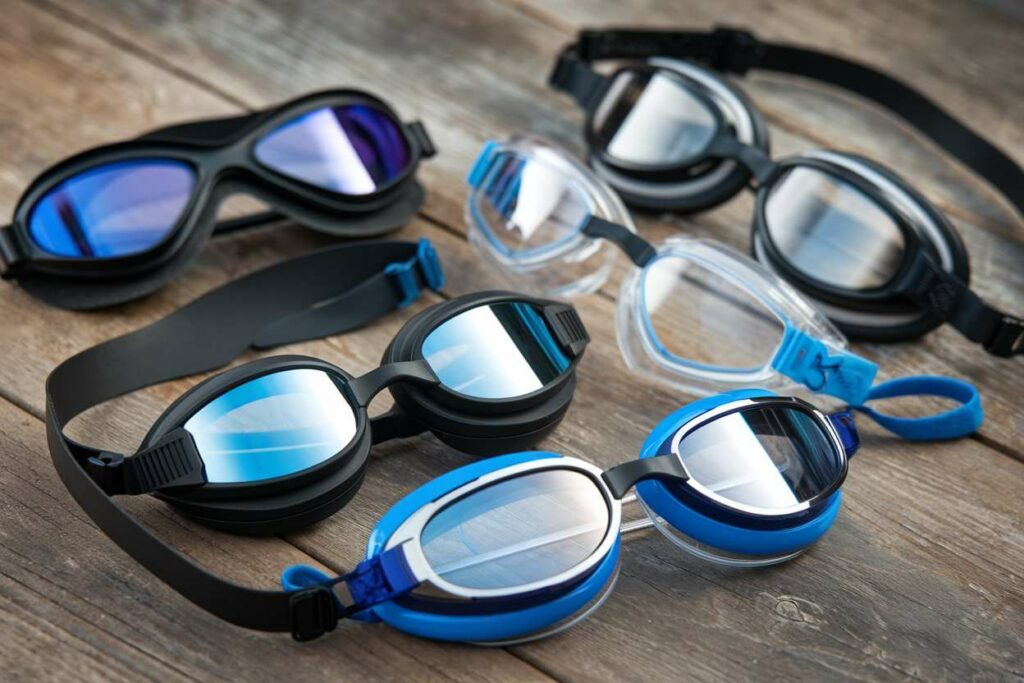
Utilisez votre salive
L'une des méthodes les plus anciennes et les plus simples pour antibuée sur vos lunettes de natation est d'utiliser votre salive. C'est une solution efficace et peu coûteuse, surtout pour les nageurs. La salive contient des enzymes qui peuvent former une fine couche sur les verres, empêchant ainsi la formation de buée. Pour l'utiliser, il suffit de cracher à l'intérieur des verres et de frotter délicatement avec les doigts. Rincez légèrement à l'eau et remettez les lunettes. Cette méthode est efficace pour une utilisation de courte durée, mais peut nécessiter une réapplication fréquente.
Utilisez des sprays ou des lingettes antibuée
Pour une solution plus fiable et durable, les sprays et lingettes antibuée sont un excellent choix. Ces produits sont spécialement conçus pour empêcher la formation de buée sur les verres. Ils agissent en créant un film fin qui résiste à l'humidité. Appliquez simplement le spray ou la lingette à l'intérieur des lunettes avant utilisation et laissez sécher. De nombreux produits antibuée offrent également une protection UV, un atout supplémentaire pour la natation ou les sports en extérieur. Les sprays antibuée sont efficaces pour les séances plus longues, ce qui les rend parfaits pour les athlètes de compétition.
Appliquer du shampoing pour bébé ou des solutions maison
Si vous cherchez une solution naturelle et économique, le shampoing pour bébé ou une solution antibuée maison sont un excellent choix. Le shampoing pour bébé est doux et contient moins de produits chimiques que les savons classiques, ce qui le rend sans danger pour vos verres. Pour l'utiliser, mélangez une petite quantité de shampoing pour bébé avec de l'eau, appliquez-la à l'intérieur des lunettes et rincez à l'eau. La fine couche de shampoing empêche la condensation. Les solutions antibuée maison sont une excellente option pour les nageurs à petit budget ou ceux qui préfèrent utiliser des produits ménagers.
Appliquer du dentifrice
Le dentifrice est une autre méthode originale, mais étonnamment efficace, pour prévenir la buée. Les abrasifs fins du dentifrice nettoient et enrobent les verres, ce qui peut contribuer à la résistance à la buée. Appliquez une petite quantité de dentifrice non gélifié à l'intérieur des verres, massez délicatement avec les doigts, puis rincez abondamment. Cette solution est plus efficace si elle est utilisée occasionnellement, car une utilisation excessive peut parfois provoquer des rayures, surtout sur les verres fragiles.
Assurez-vous de bonnes techniques de nettoyage
Des techniques de nettoyage appropriées peuvent faire une différence significative sur la longévité et la clarté de vos lunettes. Nettoyez toujours vos lunettes à l'eau claire et fraîche après chaque utilisation afin d'éliminer les huiles, la saleté ou les résidus de chlore qui pourraient contribuer à la formation de buée. Utilisez un chiffon doux ou une serviette en microfibre pour essuyer délicatement les verres ; évitez les tissus rugueux qui pourraient rayer le revêtement ou la surface. Garder vos lunettes propres et bien entretenues garantit l'efficacité du traitement antibuée et prolonge la durée de vie de vos verres.
Évitez de toucher les lentilles
L'une des erreurs les plus courantes des nageurs est de toucher les verres, que ce soit pour ajuster les lunettes ou les nettoyer. Les traces de doigts, les huiles et la saleté des mains peuvent endommager le traitement antibuée ou former un film sur les verres. Cela peut entraîner de la buée et une vision floue. Veillez à ne pas toucher l'intérieur des verres lorsque vous portez ou nettoyez les lunettes. Lorsque vous les manipulez, saisissez-les par la monture pour éviter tout contact avec les verres.
Choisissez des lunettes avec ventilation
Les lunettes de protection équipées d'un système de ventilation adéquat réduisent la formation de buée en permettant à l'air de circuler à l'intérieur des verres. La ventilation permet d'équilibrer la différence de température entre l'intérieur et l'extérieur des lunettes, empêchant ainsi la formation de condensation. Ces types de lunettes sont particulièrement utiles pour les athlètes qui transpirent beaucoup ou qui pratiquent des activités physiques intenses. Opter pour des lunettes ventilées assure une bonne circulation de l'air, ce qui contribue à maintenir une bonne visibilité, notamment lors des longues séances d'entraînement ou des compétitions.
Quelles lunettes sont antibuée ? Comment fonctionnent-elles ?
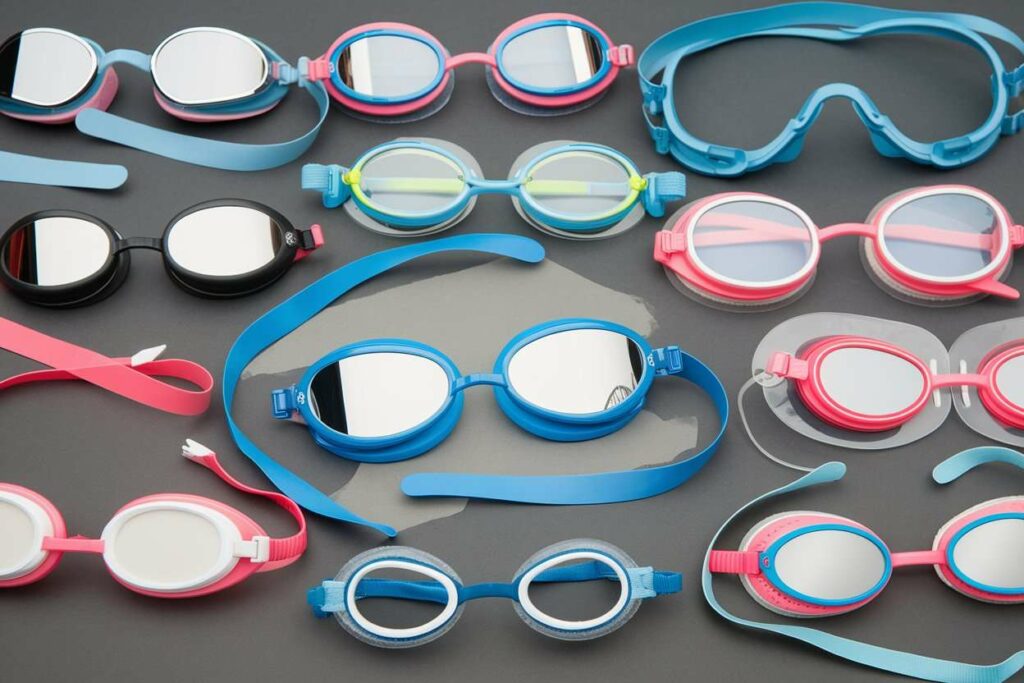
Ces lunettes de protection Les verres sont dotés d'un revêtement spécial qui empêche la formation de condensation. Ce revêtement absorbe l'humidité et crée une couche qui empêche la formation de buée. Les lunettes de natation étanches jouent également un rôle essentiel dans le maintien d'une bonne visibilité en créant une étanchéité qui réduit l'accumulation d'humidité à l'intérieur des verres.
Certaines des meilleures lunettes de natation antibuée sont également dotées de systèmes de ventilation qui permettent à l'air de circuler à l'intérieur des verres, empêchant ainsi l'accumulation d'humidité. Cela garantit une expérience sans buée, même lors d'entraînements ou de compétitions intenses. Les lunettes dotées d'un traitement antibuée de haute qualité et durable sont généralement fabriquées à partir de matériaux durables qui résistent aux effets du chlore ou de l'eau salée, préservant ainsi leur clarté au fil du temps. Choisir la bonne paire peut donc faire toute la différence en termes de performance et de confort.
Conseils de stockage pour éviter la formation de buée
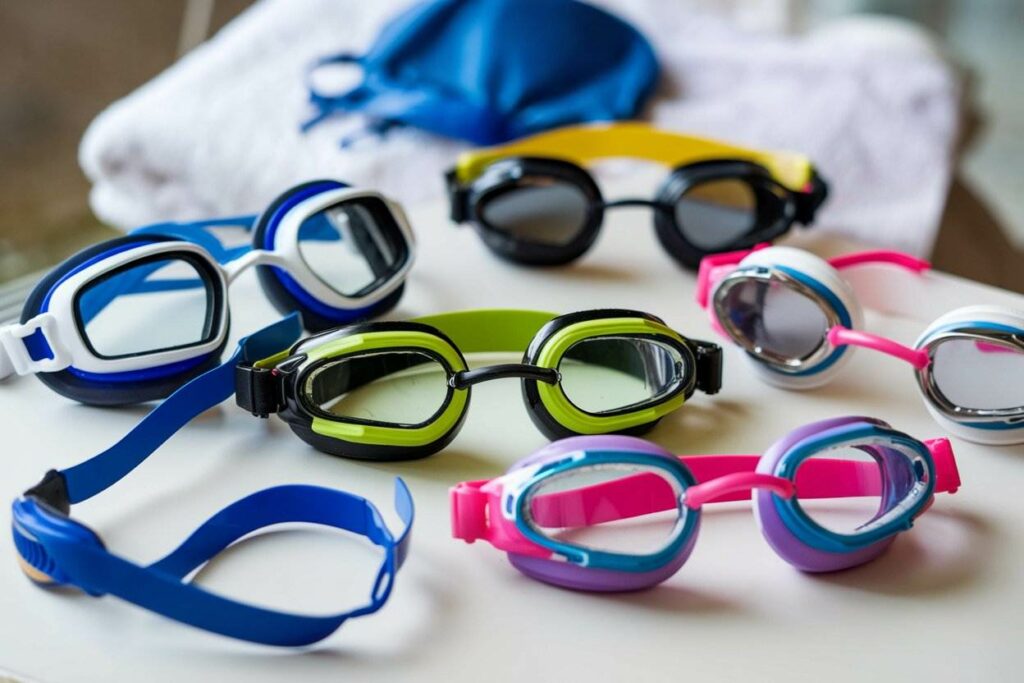
Un rangement adéquat est essentiel pour conserver vos lunettes en parfait état et éviter la formation de buée. Voici quelques conseils clés :
- Rincer après utilisation:Rincez toujours vos lunettes à l’eau douce après chaque utilisation pour éliminer le chlore, l’eau salée et les huiles, qui peuvent contribuer à l’accumulation de buée.
- Bien sécherLaissez vos lunettes sécher complètement à l'air libre avant de les ranger. Évitez de les laisser dans des endroits humides, car l'humidité emprisonnée peut provoquer de la buée lors de la prochaine utilisation.
- Utilisez un étui de protection:Rangez vos lunettes dans un étui rigide et protecteur pour éviter les rayures, les dommages et l'exposition à une humidité inutile.
- Évitez les températures extrêmes: Gardez vos lunettes à l’abri de la lumière directe du soleil ou de la chaleur extrême, car cela peut dégrader le revêtement antibuée et déformer la monture.
- Conserver dans un endroit frais et secConservez vos lunettes dans un endroit frais et sec pour éviter tout excès d'humidité susceptible de provoquer de la buée. Un sac ou un étui ventilé est idéal.
Erreurs courantes à éviter
Pour entretenir des lunettes antibuée, quelques erreurs courantes peuvent aggraver le problème. Voici ce qu'il faut éviter :
- Toucher les lentillesNe touchez jamais l'intérieur des verres avec les doigts. Les huiles, la saleté et la graisse présentes sur vos mains peuvent endommager le revêtement antibuée et contribuer à la formation de buée.
- Utilisation de produits de nettoyage agressifsÉvitez de nettoyer vos lunettes avec des produits chimiques agressifs ou des tissus rugueux. Ceux-ci peuvent endommager les verres ou le revêtement, les rendant plus sujets à la buée.
- Frotter les lentilles de manière agressive:Frotter vos lunettes trop fort peut rayer les verres, affecter la couche antibuée et créer des endroits propices à la formation de buée.
- Laisser les lunettes mouillées:Le stockage des lunettes de protection alors qu'elles sont encore humides ou leur abandon dans un environnement humide peut favoriser la croissance de moisissures, aggravant ainsi le problème de buée.
- Ignorer l'expiration du revêtement antibuéeAvec le temps, le revêtement antibuée de vos lunettes peut s'user. Ne pas le remplacer ou le réappliquer peut entraîner des problèmes de buée persistants.
Conclusion
Avec les bonnes techniques, vous pouvez facilement éviter la buée sur vos lunettes et ainsi bénéficier d'une vision claire pendant vos séances de natation ou d'entraînement. Maintenant que vous savez comment antibuée, essayez ces méthodes et profitez d'une visibilité optimale. Envie d'approfondir le sujet ? Découvrez d'autres conseils et recommandations de produits pour entretenir votre équipement !
